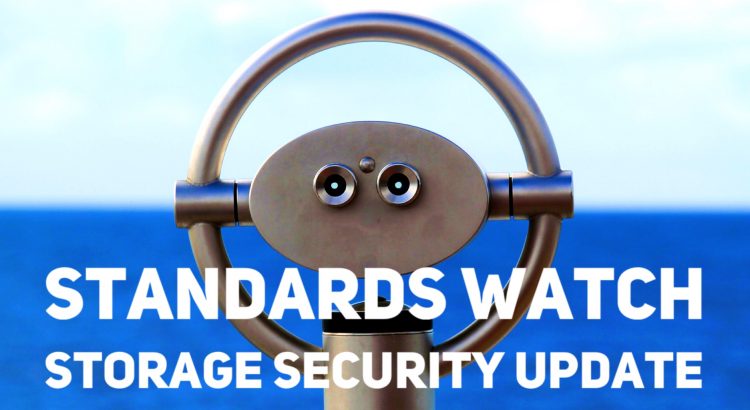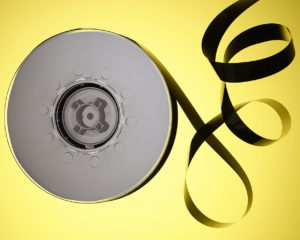We here at SNIA know that everyone is getting a tad stir crazy sitting at home. However, there are still some great opportunities to learn while you’re trying to decide which wall of the home office to face tomorrow. SNIA Compute, Memory, and Storage Initative (CMSI) member company Intel is offering some excellent resources for those interested in programming persistent memory using the open-source Persistent Memory Development Kit (PMDK).
Intel is hosting a virtual forum on PMDK, along with the Storage Performance Development Kit (SPDK), and vTune Profiler tools. This is a great opportunity to meet virtually with the teams who are developing the tools as well as the community building applications. The Virtual Forum runs June 23-35, with special focus on PMDK on June 25th. There are a variety of exciting sessions all three days.
Read More


 If you’re a storage equipment or management software vendor that uses SNIA’s Storage Management Initiative Specification (SMI-S) as the storage management interface for your solution, you’re not alone.
First introduced in 2004, SMI-S has been used in over 1,350 storage products by some of the largest vendors in the industry. It defines a secure and reliable interface that can be used to discover, monitor, and control the physical and logical devices in enterprise storage area networks. Unlike proprietary management interfaces, SMI-S is a standard interface that allows management applications to reliably support a wider range of storage equipment from multiple vendors.
If you’re a storage equipment or management software vendor that uses SNIA’s Storage Management Initiative Specification (SMI-S) as the storage management interface for your solution, you’re not alone.
First introduced in 2004, SMI-S has been used in over 1,350 storage products by some of the largest vendors in the industry. It defines a secure and reliable interface that can be used to discover, monitor, and control the physical and logical devices in enterprise storage area networks. Unlike proprietary management interfaces, SMI-S is a standard interface that allows management applications to reliably support a wider range of storage equipment from multiple vendors.


 The SNIA Linear Tape File System (LTFS) Technical Work Group (TWG) is excited to announce that the new version of
The SNIA Linear Tape File System (LTFS) Technical Work Group (TWG) is excited to announce that the new version of 
 The
The